Please note: In September 2019, we updated the DXOMARK Mobile test protocol to cover ultra-wide-angle performance and have renamed the protocol DXOMARK Camera. We also expanded our low-light testing and created the new Night sub-score, which incorporates the previous Flash score. We have retested this device using the new Wide and Night test protocols and updated this review. The updated elements and scores are right at the top; you can still find the original review further down the page. For more information, please see the articles about our new Wide and Night test protocols.


Xiaomi Pocophone F1 camera review (originally published January 29, 2019)
Launched in August 2018, Xiaomi’s Pocophone F1 offers an interesting proposition for the budget-conscious smartphone photography enthusiast, thanks to its premium set of features and relatively low price tag. With a look and feel similar to the top-end flagships available in 2018, the Pocophone F1 includes the powerful Snapdragon 845 chipset with 6GB of RAM and a large, high-resolution 6.18-inch, 1080×2246-pixel, 16 million-color LCD display.
For photography, the rear camera setup offers dual sensors, including a primary 12Mp 1/2.55-inch chip with 1.4µm pixels, and a second 5Mp sensor used solely for depth sensing. The main camera uses a fractionally-faster f/1.9 aperture compared to the f/2 optic that’s coupled to the secondary depth-sensing sensor. Other photographic features include a high-end PDAF system, dual-LED flash, and 2160p video.
Will the Xiaomi Pocophones F1 images meet the high standards its hardware promises? Let’s find out via our full review.
Key camera specifications:
- Dual-camera setup
- Primary 12Mp 1/2.55-inch sensor with 1.4µm pixels, f/1.9-aperture lens
- Secondary 5Mp sensor, f/2 lens for depth sensing
- PDAF autofocus
- Dual-LED flash
- 2160p/30fps video (1080p in default mode)
About DxOMark Mobile tests: For scoring and analysis in our smartphone camera reviews, DxOMark engineers capture and evaluate over 1500 test images and more than 2 hours of video both in controlled lab environments and in natural indoor and outdoor scenes, using the camera’s default settings. This article is designed to highlight the most important results of our testing. For more information about the DxOMark Mobile test protocol, click here. More details on how we score smartphone cameras are available here.
Test summary
Achieving an overall DxOMark mobile score of 91 points, the Xiaomi Pocophone F1 puts in a very respectable performance in our tests, but lands outside the top 20 in our database for smartphone image quality. Capturing still photos, the device achieved a Photo score of 92 points, with its key strengths being excellent autofocus performance, nice flash pictures, and pleasant color in all tested conditions. Exposure is generally accurate when shooting both indoors and outside; and the Pocophone is capable of nice overall results in well-balanced lighting conditions, with high levels of contrast, accurate white balance, and pleasant color.
HDR processing isn’t quite as strong as we’ve seen on some of the best-performing devices; and although detail is often maintained in the darker tonal regions, expect some highlight clipping in the brighter areas when shooting high-contrast scenes. Contrast is also occasionally low in some outdoor and indoor scenes, too, with a misty white haze affect rendered over the image. This low contrast issue occurs relatively infrequently, and certainly not with every exposure, but we’ve never previously observed this type of issue on Xiaomi devices (such as the Mi 8).
The Pocophone F1 maintains reasonable levels of detail in most lighting conditions, but fine edges aren’t quite as well-defined as with some competitor flagship devices, and there’s a noticeable loss of detail in low light. The dual-tone flash performs well, though, recording good exposure with accurate white balance and acceptable detail, so it’s worth using the flash in low light for better results.
The Pocophone F1’s main opportunities for improvement concern both bokeh and particularly zoom shots. With no tele-lens for zoom, results are on par with single-cam devices that implement a digital zoom to get you closer to your subject. In bright light with only a small amount of magnification, results are acceptable, but expect to see some loss of detail in intricate areas, as well as strong ringing along contrast edges.
The second depth-sensing sensor does an OK job on bokeh shots, with a strong but pleasant background blur applied behind subjects captured in Portrait mode. Depth estimation and masking errors do occur, however, with edges of the portrait occasionally blurred, and artifacts visible around complex areas, resulting in parts of the background that remain unblurred.
Achieving a video sub-score of 90 points, the Pocophone F1 is a reasonably consistent performer for multimedia creatives. Its key strengths are excellent autofocus with good tracking, and an effective stabilization system that offers good motion reduction when both walking and panning, as well as for static handheld videos. Video exposure is acceptable, but target exposures can be a little low in bright scenes, and dynamic range is again limited. Color is another strong aspect for video, however, so you can expect well-saturated hues and generally acceptable white balance in all conditions; but detail is very low in movies generally, and especially in those shot in low light.
Photo scores explained
The Xiaomi Pocophone F1’s Photo score of 92 points is calculated from sub-scores in tests that examine different aspects of its performance under different lighting conditions. In this section, we’ll take a closer look at these image quality sub-scores.

Exposure and Contrast
Xiaomi Pocophone F1
82
An acceptable overall score for exposure, with excellent outdoor results that are slightly watered down by lower scores in our indoor and low-light analyses. Tested in controlled lab conditions in the lab under a range of light sources, the Pocophone F1’s target exposures are accurate under indoor and outdoor lighting, and display high levels of contrast. Target exposures are slightly down in low light, and although the resulting images are a little dark, they remain usable at 5 lux, with very underexposed shots captured only in near-dark conditions of 1 lux.
Shooting in bright and well-balanced lighting outdoors, our natural test images generally displayed accurate target exposures with good contrast, which helped the Pocophone F1 achieve a good score in our perceptual analysis of outdoor exposure.
Dynamic range is a little limited, and the Pocophone F1 handles high-contrast scenes a little differently than its stable-mate, the Mi 8, with more highlight clipping evident in the brighter regions. Details are well-preserved in the shadow regions, but contrast is also fairly low, with the Mi 8 shot packing a bit more punch.
There’s a notable exposure issue that you can see in the HDR example above. A slightly misty white haze effect is sometimes visible. It doesn’t always happen, and contrast is often good, but the effect was evident in several images shot under a range of lighting conditions. This issue is specific to the Pocophone F1, as the problem wasn’t visible in the comparison Mi 8 images.
In extreme low light, exposures are slightly lower on the Pocophone F1 compared to the Mi 8, but images remain usable at 5 lux and are slightly brighter than the equivalent iPhone XS example.

Color
Xiaomi Pocophone F1
78
A reasonably good score for color, thanks to nice rendering of both indoor and outdoor scenes, and well as generally accurate and stable white balance. In outdoor images, colors are generally pleasant, but slightly less saturated for both the Pocophone F1 and the Mi 8 compared to iPhone XS images.
White balance is generally accurate and very consistent, always delivering the same color across a range of consecutive images. There’s a tendency towards a slight magenta color cast on outdoor images—but it’s mild and not overly concerning; however, occasionally more serious failures do occur, as you can see in the strong green color cast in the left-hand example below.
Color remains bold in indoor images, again with generally accurate white balance, but strong color shading, with hues that shift from pink towards the center to green at the edges, is often visible in low light.

Autofocus
Xiaomi Pocophone F1
97
An excellent score for the Pocophone F1’s PDAF system, which is fast, accurate, and repeatable in all lighting conditions. We shoot 30 consecutive exposures and defocus the device between each shot, and then wait either a short (500ms) or long (2000ms) delay before requesting focus during our benchmark lab tests. As the graph below shows, the Pocophone F1 consistently delivered sharp images in good time.
A good score for texture, thanks to high levels of detail preservation in outdoor and indoor images, which is comparable to the Mi 8 and iPhone XS overall. Fine detail drops off fairly quickly in low light, and although acutance is broadly similar down to 20 lux, it’s noticeably lower in extreme low light between 1 and 10 lux.
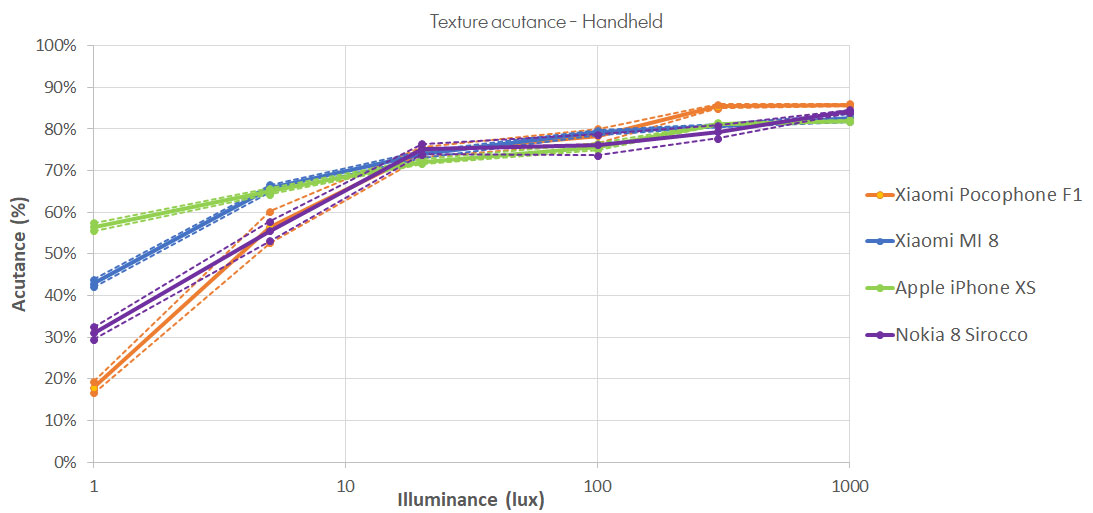
In outdoor conditions, overall detail between the Pocophone F1, the Mi 8, and the iPhone XS is fairly comparable, although in low-contrast areas, the Apple device displays better fine detail and edge definition, as you can see in the brickwork and grass in the crops.
The conclusion is similar when examining low-light lab shots (20 lux) in which the Pocophone F1 maintains an acceptable level of detail overall, but edges are slightly better defined in both the Mi 8 and the iPhone XS examples.
Noise is well-controlled in both indoor and outdoor conditions, and although it doesn’t handle noise in low-light conditions (20 lux) quite as well as the Mi 8, the Pocophone F1’s results are similar to the iPhone XS’s.
Some fine luminance noise is visible in flat areas of color in outdoor images, such as the sky or the panels on the building. It’s far from offensive and doesn’t detract much from the image quality, but on close inspection, these areas aren’t quite as smooth as we observed on the Mi 8.
The same applies to low-light images (20 lux) in which the Mi 8 implements more effective denoising while managing to maintain good detail. Examining the crop of the smooth areas on the woman’s face and shoulder, you can see that noise is noticeably heavier in the Pocophone F1 image compared to the Mi 8 image; and although the Pocophone is only fractionally worse than the iPhone XS, the Apple device is nonetheless sharper, with better-defined facial features.

Artifacts
Xiaomi Pocophone F1
68
We deduct points for obvious defects that affect image quality. The main penalties we applied to the Pocophone F1 were for differences in sharpness between the center and the edges of the frame, ringing on zoom shots, and color fringing. Color fringing has slightly improved over the Mi 8, but it remains very noticeable, with purple lines visible along high-contrast edges in outdoor images. Differences in sharpness between the center and the edges are less noticeable when viewing images on the device’s display, but viewed at large scale, it’s quite visible, so expect it to affect the quality of your prints. Other artifacts such as cyan shift, ghosting, banding on some backlit scenes, color quantization, and aliasing were also visible in some images, but these issues were less problematic overall.

Flash
Xiaomi Pocophone F1
87
The Pocophone F1’s dual-tone LED flash is a good performer, with slightly improved results over the Mi 8. Shooting using only the flash in complete darkness, target exposure is slightly low but acceptable, and although flash fall-off results in darker corners with visible noise, this isn’t uncommon when using a smartphone flash. Noise is visible on faces towards the center of the frame in flash-only shots, too, but detail remains reasonably high; further, the red-eye effect is only occasionally visible. Mixing flash with additional light sources (tungsten 5 lux), white balance and exposure remain stable, with improved brightness on the face as well as in the corners; but overall, the level of noise and detail on faces towards the center are comparable in both lighting conditions.

Zoom
Xiaomi Pocophone F1
20
Despite featuring two cameras, zoom is a relatively weak area for the Pocophone F1, given that the second module is used only for depth sensing and uses a lens with a focal length similar to that of the primary module. Results are best at close range (around 2x magnification) and in bright light, but even then, fine detail is lost and heavy ringing is noticeable along edges. Compared to the equivalent Mi 8 and iPhone XS images, which both feature a tele-lens, you can see that the Pocophone F1 image shows a noticeable loss of fine detail preservation in intricate areas such as the brick wall and on the building.
Things don’t improve in medium- or long-range zoom shots, with a significant loss of detail evident in images shot in all lighting conditions. Coarse luminance noise is often visible in the darker regions of these zoom shots as well, and maze and moiré artifacts are commonly evident.

Bokeh
Xiaomi Pocophone F1
40
A fairly good result for bokeh shots, thanks to the Pocophone F1’s depth-sensing second camera, but not quite as strong overall as the top-performing devices. The effect is consistent and repeatable, so background blur is always applied when shooting in Portrait mode, and you get consistent results across multiple images. Depth estimation is acceptable, but can continue to improve, as artifacts are often visible around complex areas such as a spanned hand, in which sections of the background aren’t always blurred. Errors in the blur gradient are also evident, with a rather jarring jump or step in the blur effect visible in backgrounds that drop away behind the subject; and objects in front of the portrait aren’t blurred. Face rendering is perhaps the most problematic issue in bokeh shots, however, with an unnatural “grid pattern” often noticeable in flat areas of the face, such as the forehead.
Video scores explained
The Xiaomi Pocophone F1 achieves a good overall Video score of 90 points, making it a well-balanced performer for both stills and video. The overall video score is derived from a number of sub-scores in the same way as the Photo score: Exposure (81), Color (86), Autofocus (95), Texture (47), Noise (73), Artifacts (78), and Stabilization (84).
The Pocophone F1’s key strengths shooting moving image are fast and accurate autofocus in all lighting conditions and with good subject tracking, effective stabilization on still handheld movies, and generally pleasant video color. Testing exposure in the lab, target exposures are accurate under low light (20 lux) and outdoor (1000 lux) lighting conditions, with only seriously under-exposed videos captured in extreme low light conditions. Dynamic range remains fairly limited capturing moving image though and scores we’re a little lower in our perceptual analysis of video exposure due to slightly low contrast and low target exposures with some highlight clipping when shooting in bright outdoor conditions.
You can see in the Pocophone F1 versus Mi 8 examples below that the older Mi 8 achieves a better target exposure for the foreground and has punchier contrast, while maintaining a little more detail in the sky and having slightly more stable exposure. However, the Pocophone F1’s exposure adaptation is relatively smooth and quick during capture under changing lighting conditions, and although occasional overshoots and some oscillation were evident, it offered stable performance in this area.
Color is excellent in bright outdoor light, with bold and well-saturated hues and generally accurate white balance. Color rendering remains acceptable in indoor and low-light movies, too, although white balance starts to display some irregularities under artificial light sources, with color casts evident. Color uniformity is excellent in bright light and pretty good in lower light conditions, too, so you can expect similar color rendering across all your Pocophone F1 movies.
The Pocophone F1 scored well in our tests for stabilization and autofocus, with performance very close to the Mi 8’s. The device’s PDAF system ensures excellent performance in all lighting conditions, including fast acquisition with smooth convergence, and no problematic jerkiness or instabilities. The stabilization system is also excellent in outdoor conditions, offering effective motion control in walking and static videos, and good stability during scene changes. Indoor stabilization remains good, too; and although slightly more unwanted movement is evident and some differences in sharpness between frames are noticeable, motion is well-controlled on the whole.
The main opportunity for development for the Pocophone F1’s video performance is texture and noise, which could be improved in all lighting conditions. Detail preservation is best in bright light (1000 lux), but even in these favorable conditions, a lot of fine details are lost compared to the best-performing devices. Texture in indoor videos (100 lux) isn’t far behind, with texture measurements around 70% acutance indoors and up to 75% in bright light, but expect a noticeable loss of texture in low-light conditions (20 lux), with acutance around 50%.
Measurements for video noise were slightly higher than the results for texture, but there remains room for improvement, with some noise evident in all the Pocophone F1’s movie files. In our perceptual analysis of video noise, the level of visual noise is broadly similar across both outdoor and indoor movies, and isn’t too distracting for the viewer; but things deteriorate in lower light conditions, so expect to see more noise—including a chromatic element—in low-light videos.
Conclusion
Coming with a premium design and reasonably top-end specs, Xiaomi’s Pocophone F1 offers the allure of a flagship smartphone for significantly less cost than many competitors. For mobile photography enthusiasts after a bargain, the rear camera puts in a respectable performance, with decent still-image results for exposure, color, and noise in most conditions. It’s some ways behind the very best high-end devices we’ve tested for image quality, though, the current crop of dual or triple-cam flagship devices are a cut above—particularly for HDR processing, low light exposure and detail, as well as for zoom and bokeh shots. This said, the F1’s autofocus and flash systems are excellent, and its video performance is very acceptable both indoors and outdoors. So all things considered, the Pocophone F1 is an attractive proposition for the price.
Photo pros
- Accurate target exposures indoors and outdoors
- Pleasant color in all lighting conditions
- Fast and accurate autofocus
- Good exposure and color using flash
Video pros
- Fast and accurate autofocus
- Good autofocus tracking
- Effective stabilization
- Vivid color in all lighting conditions
Photo cons
- Low level of detail in low light
- Low detail and strong ringing using zoom
- Unnatural face rendering in bokeh shots
Video cons
- Low detail in most conditions
- Limited dynamic range
- Exposure and white balance instabilities


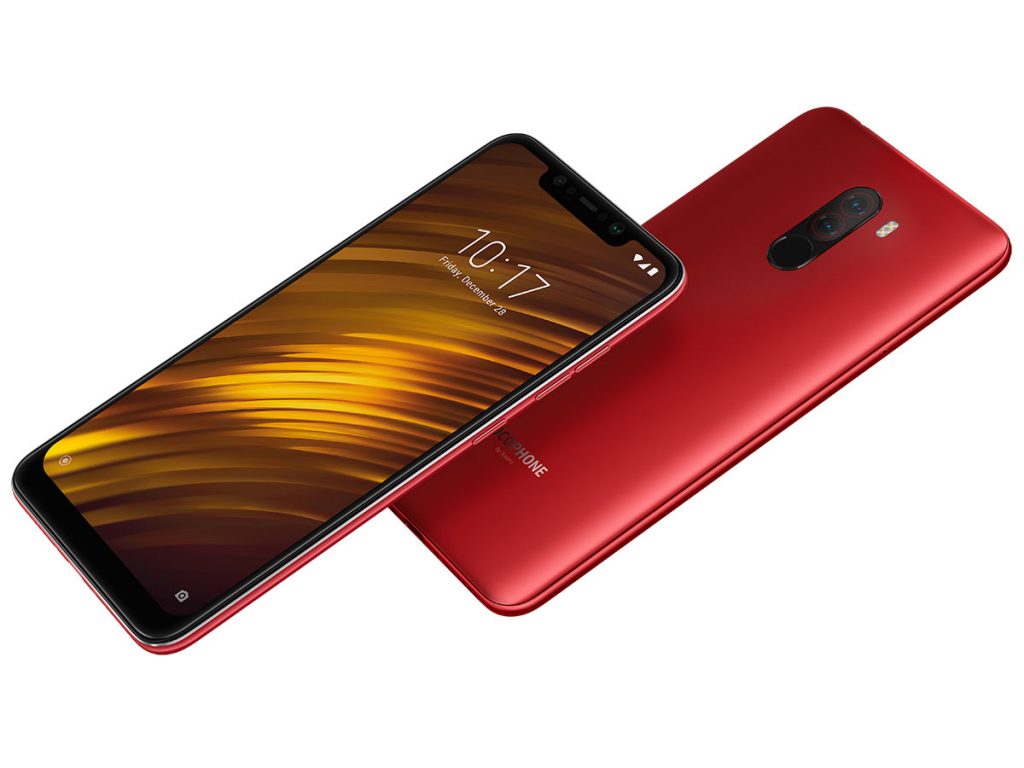



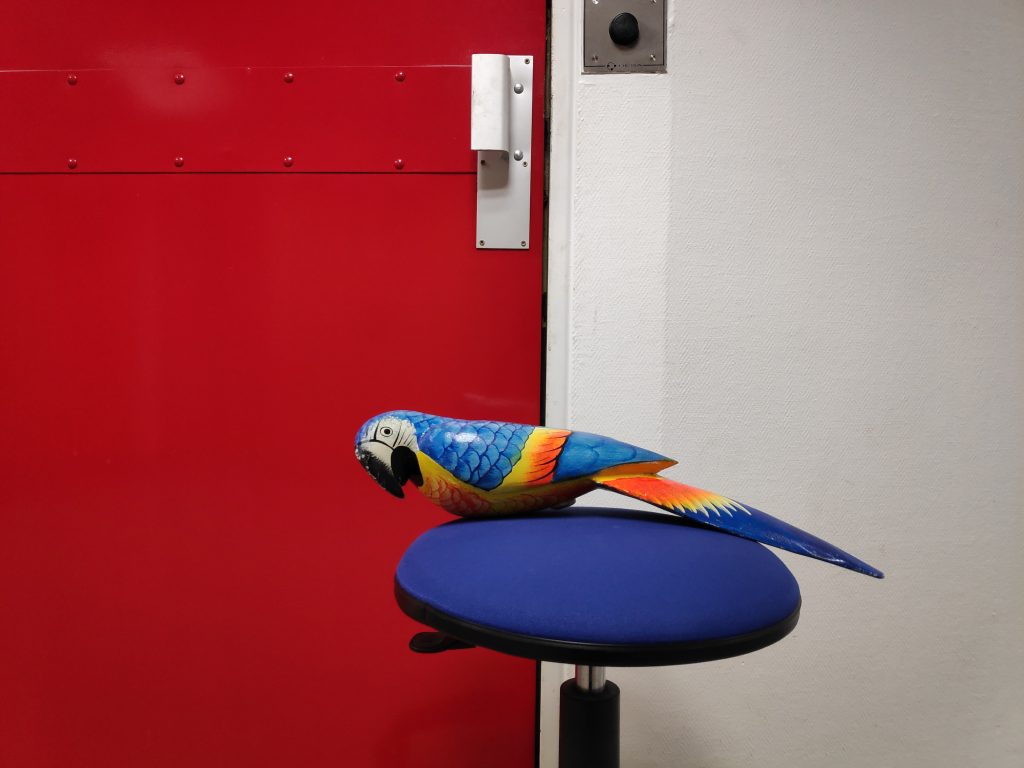

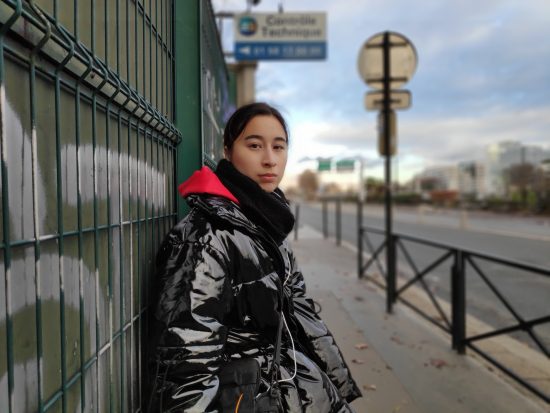
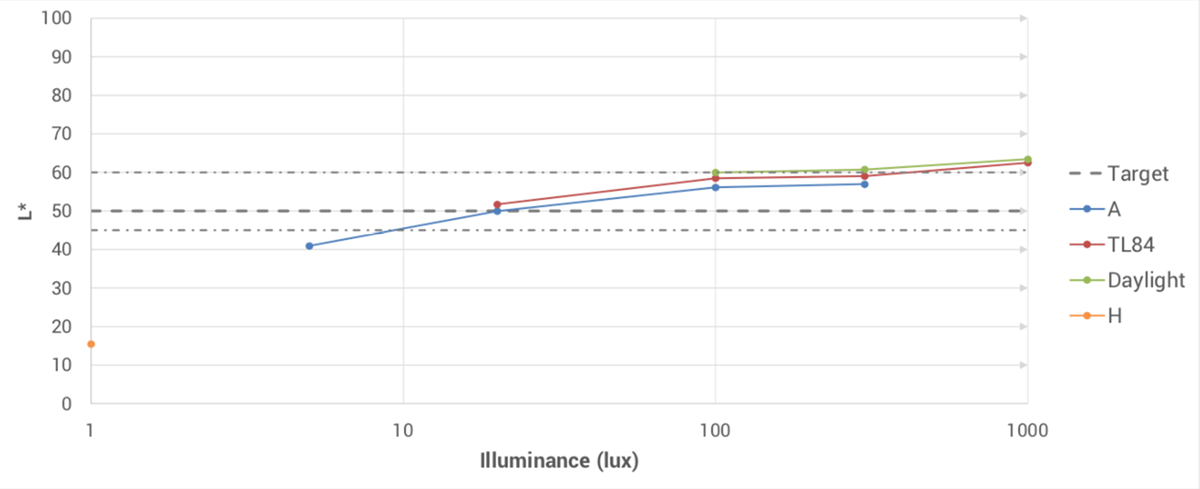








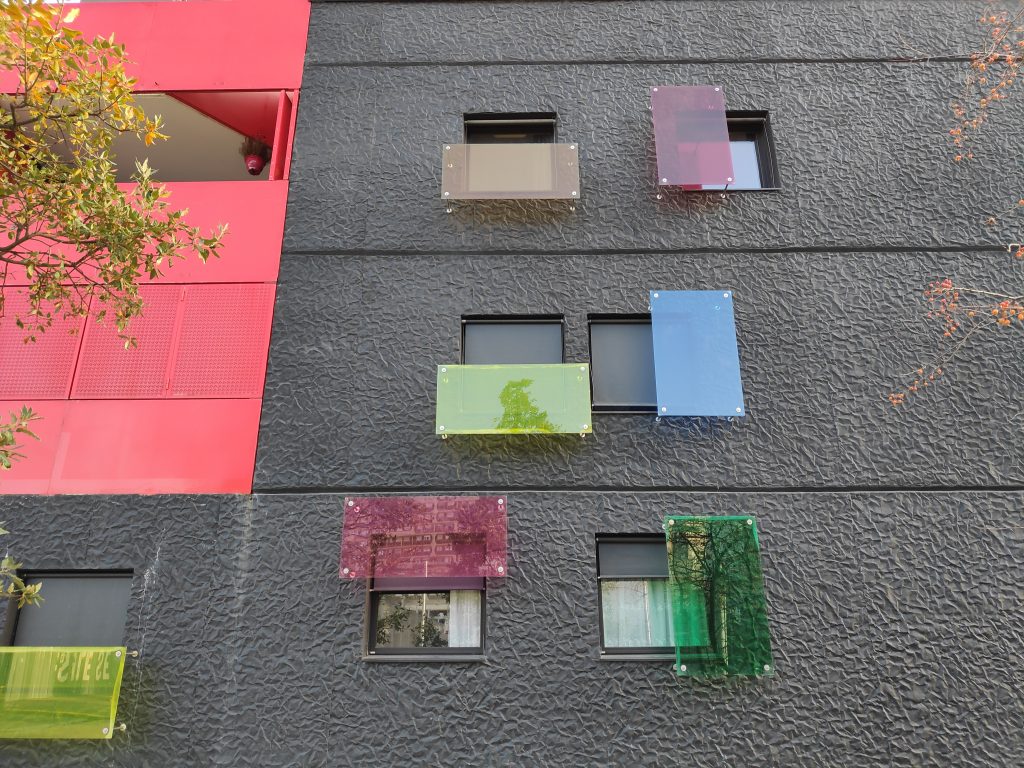
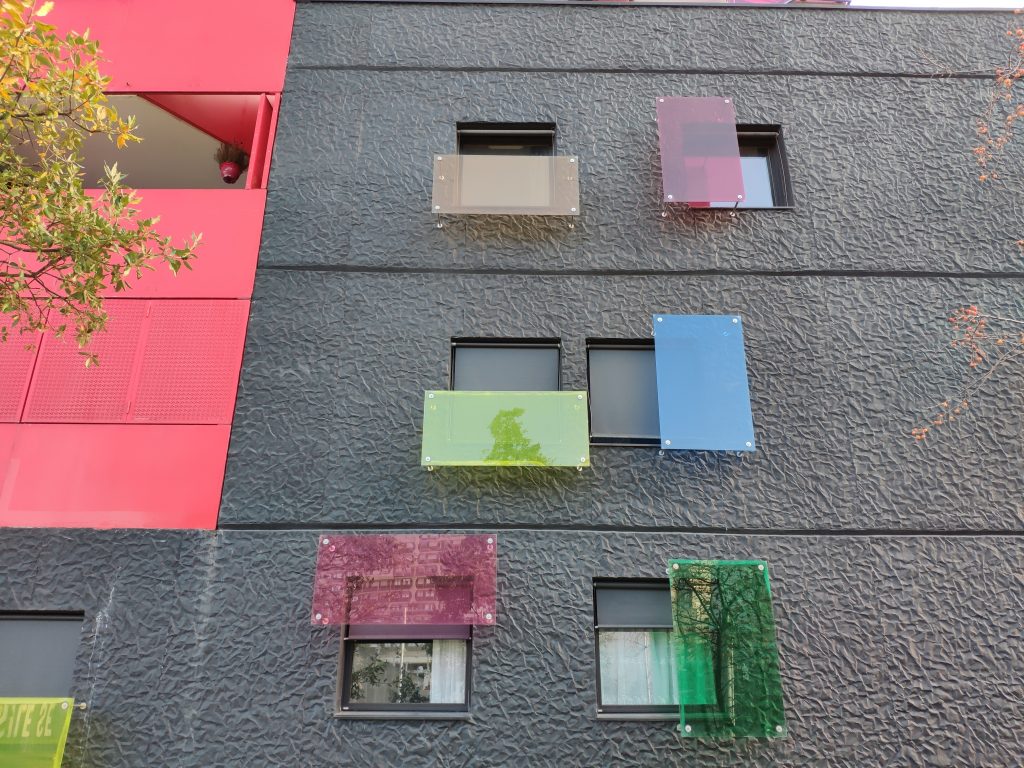
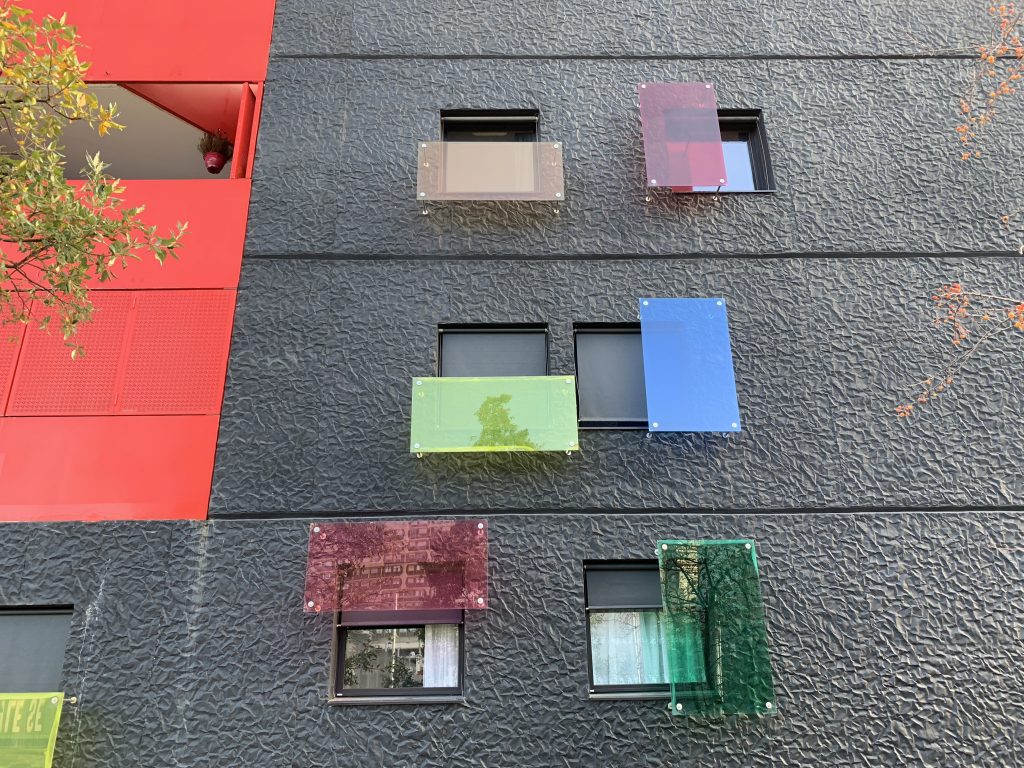



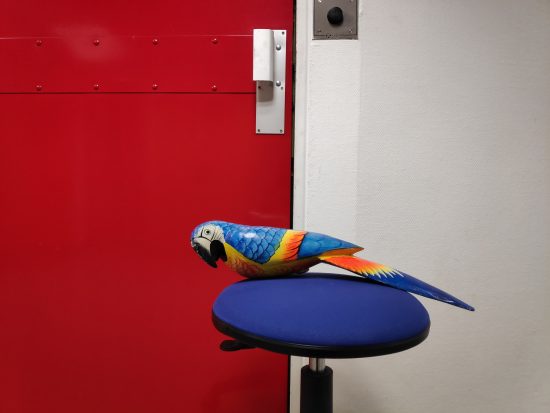

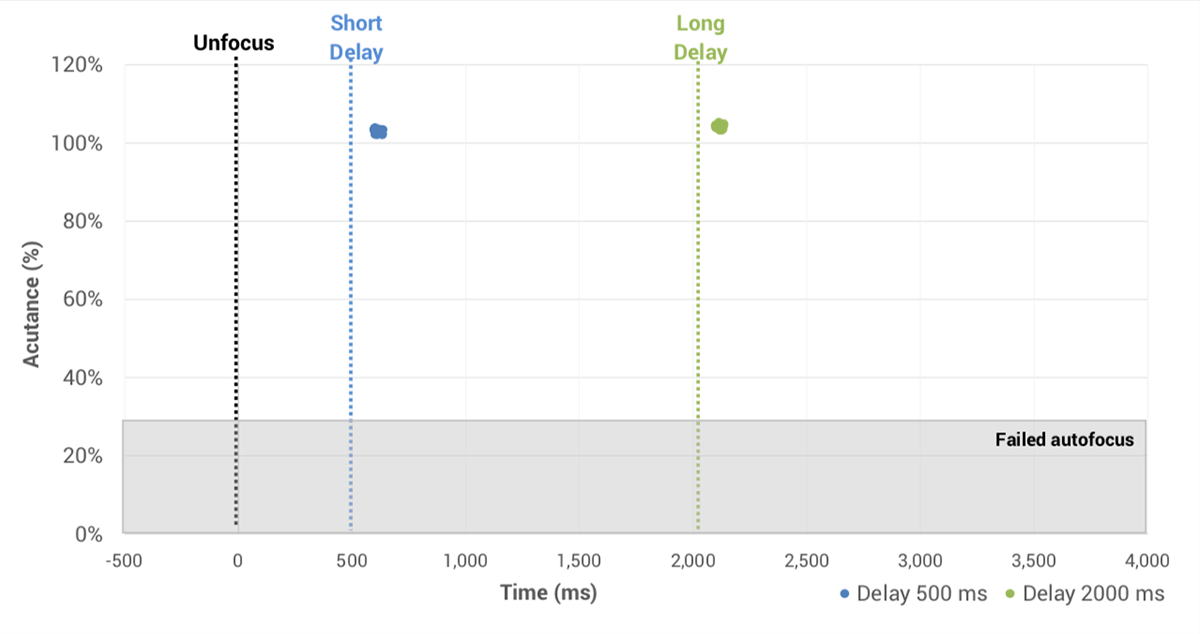


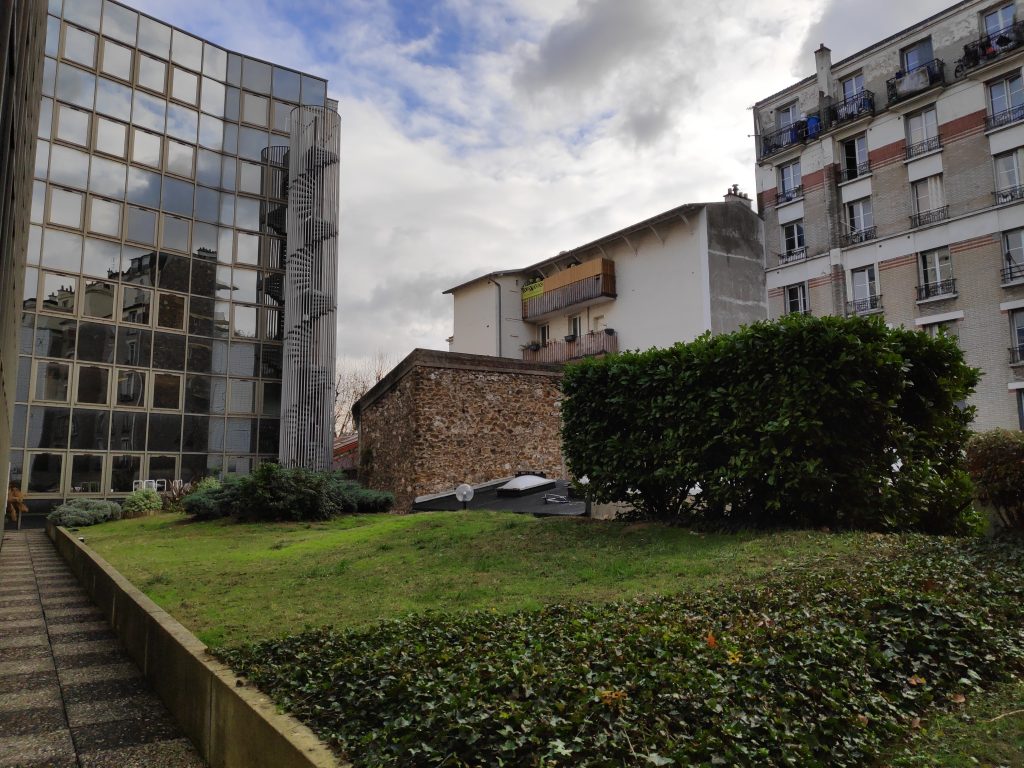
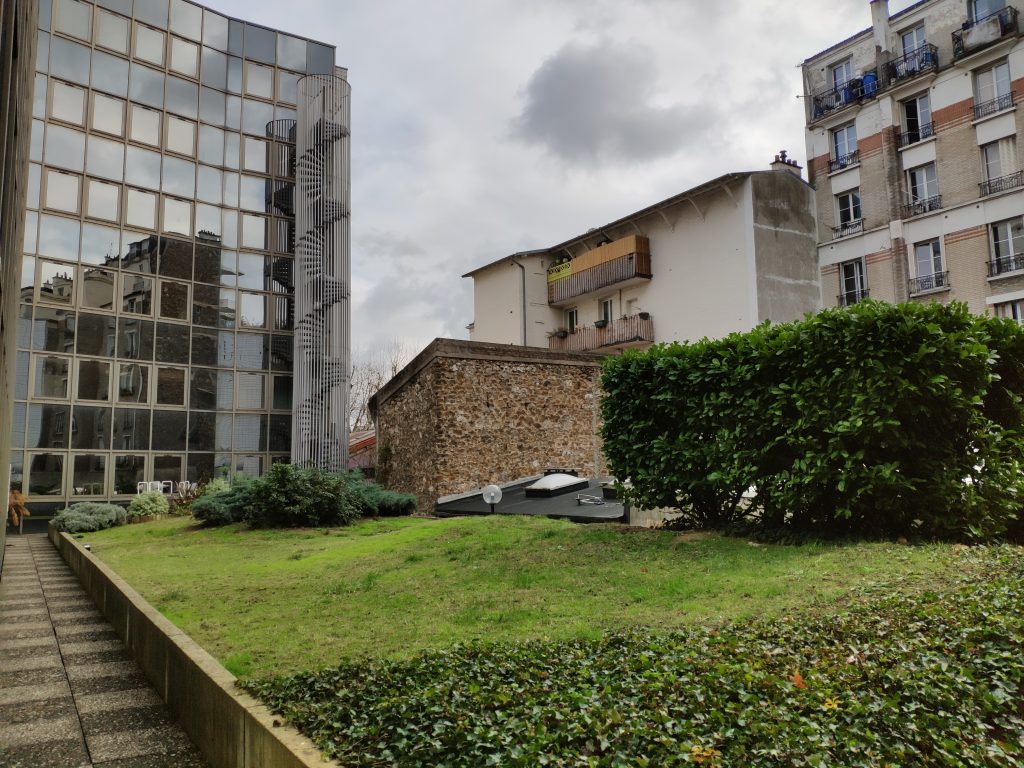
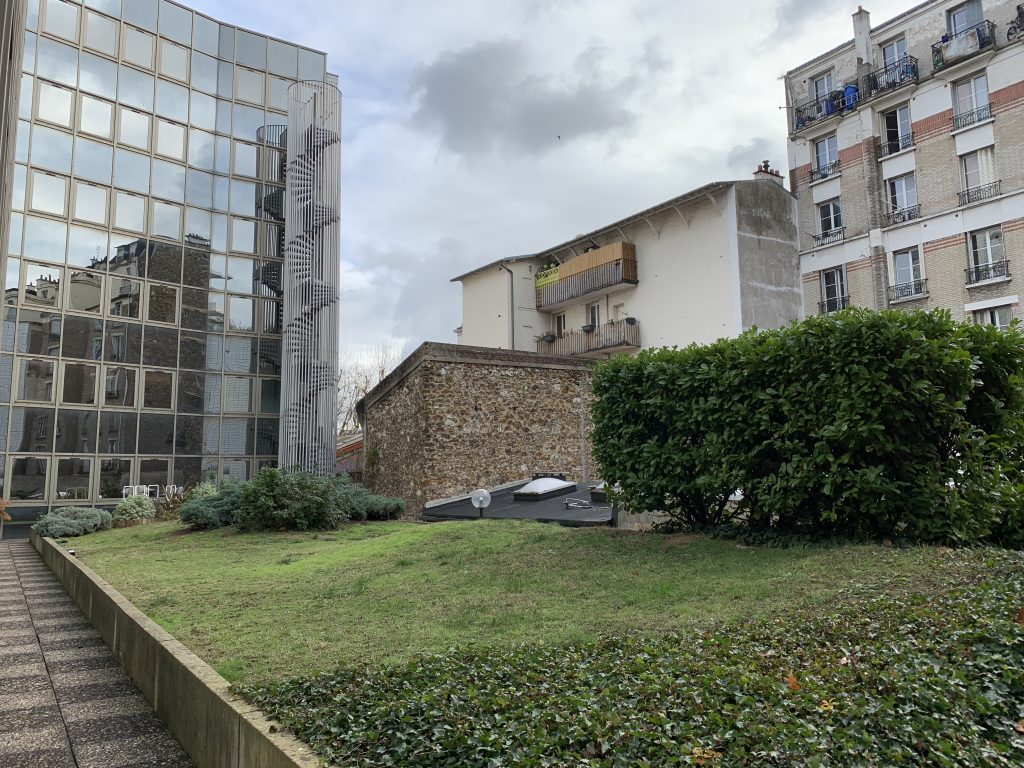



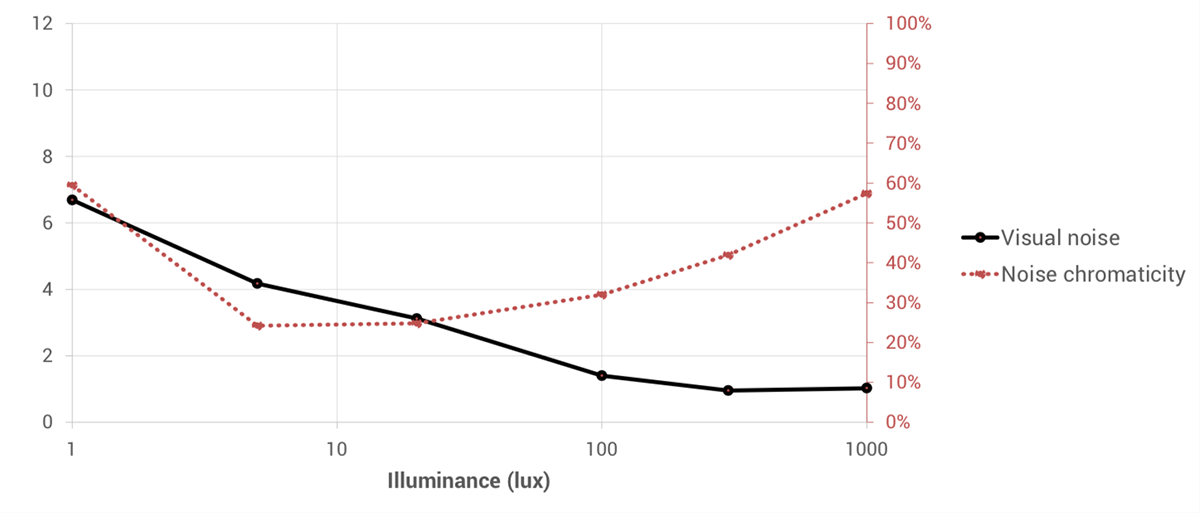


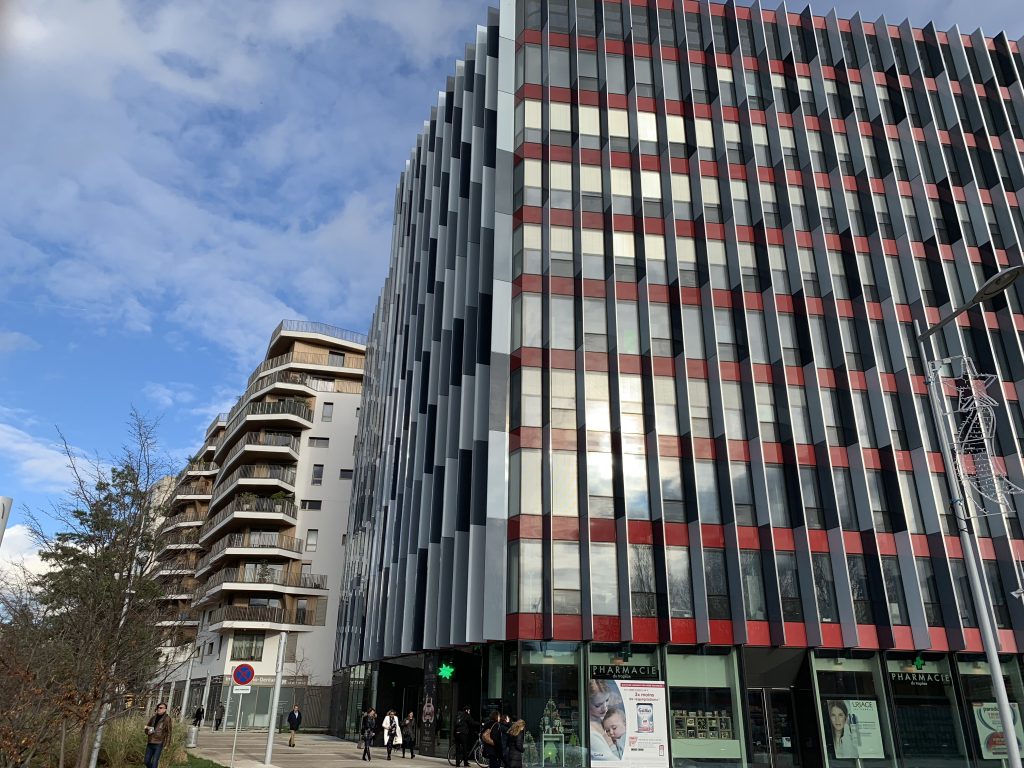


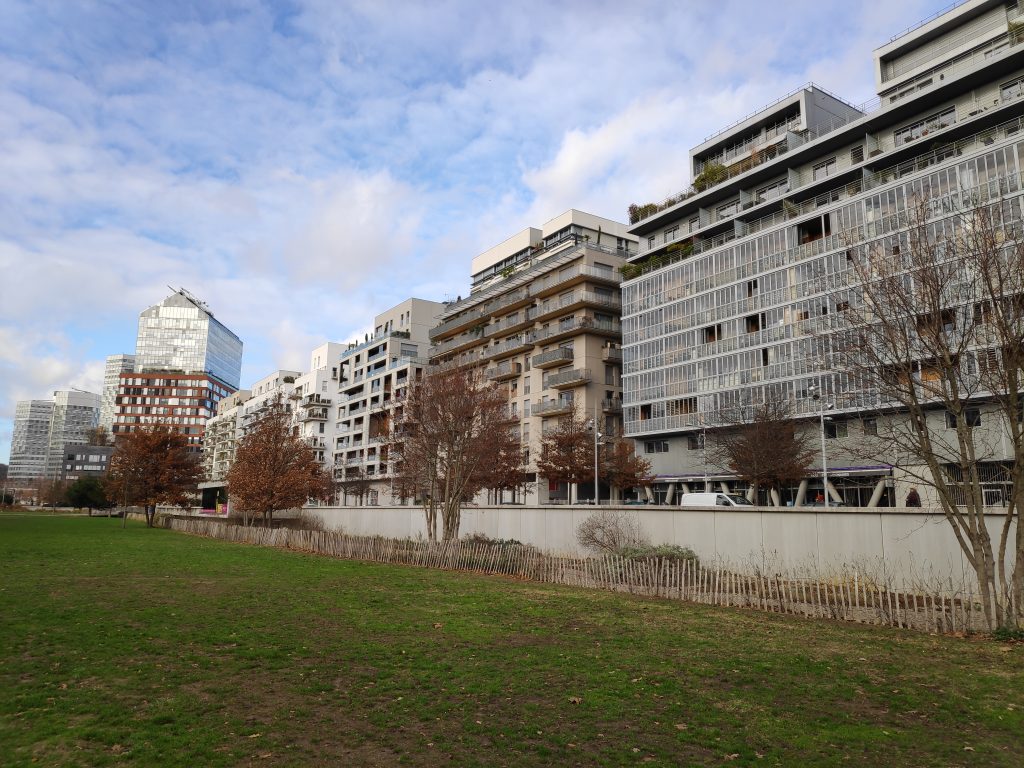


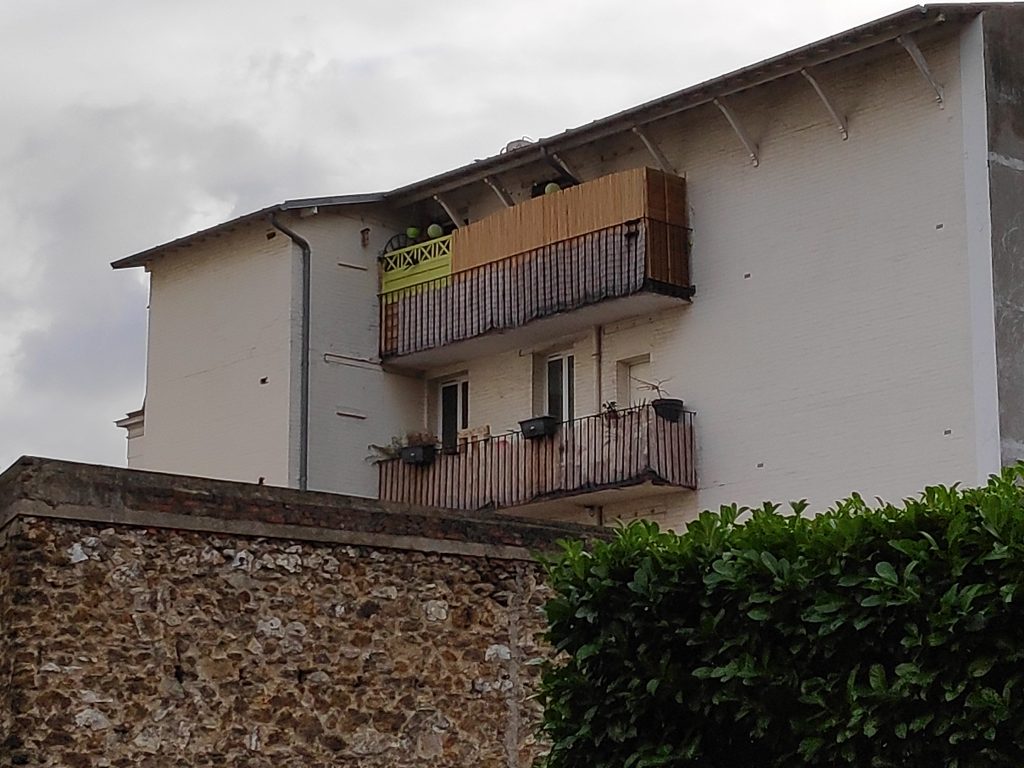
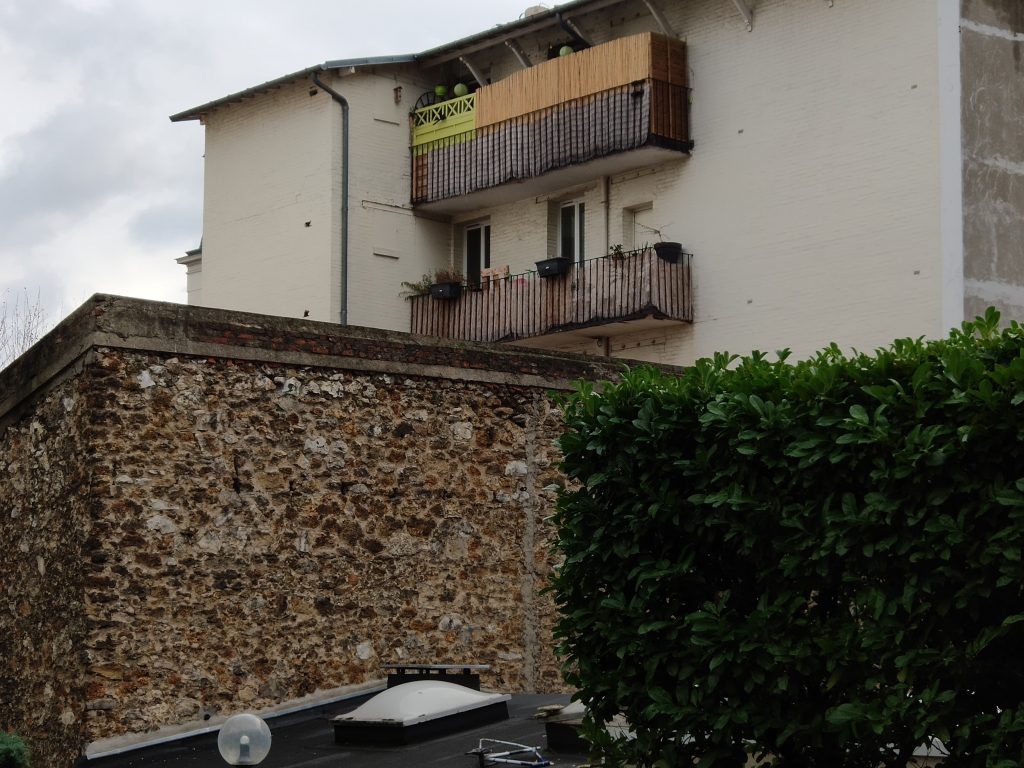
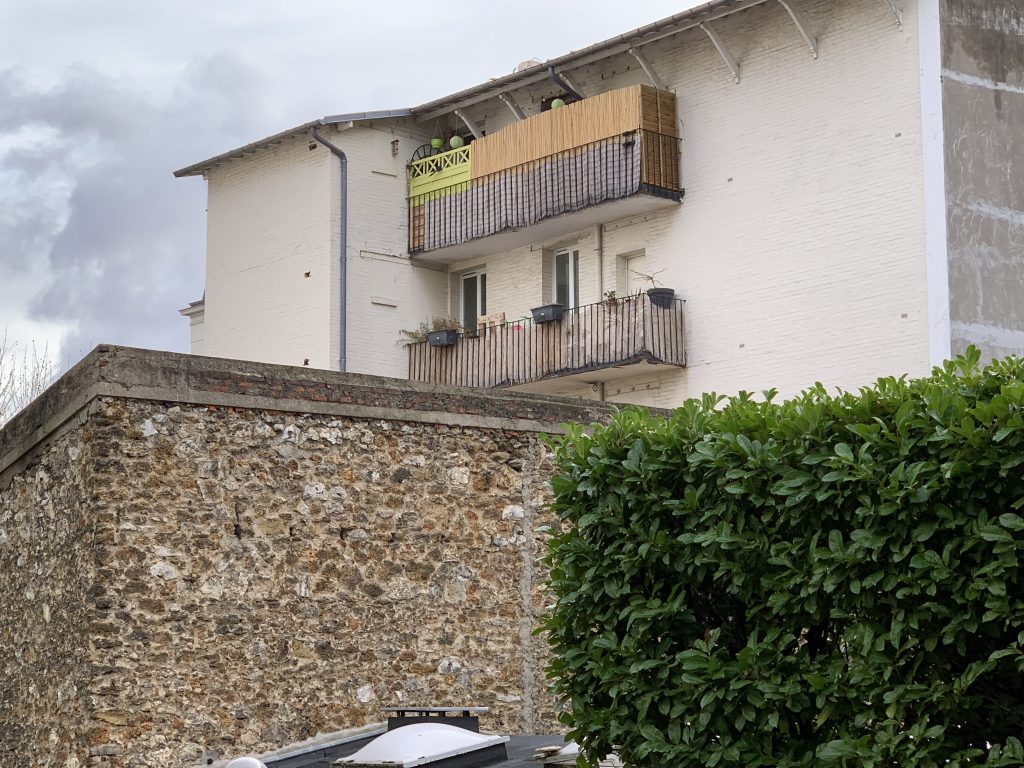

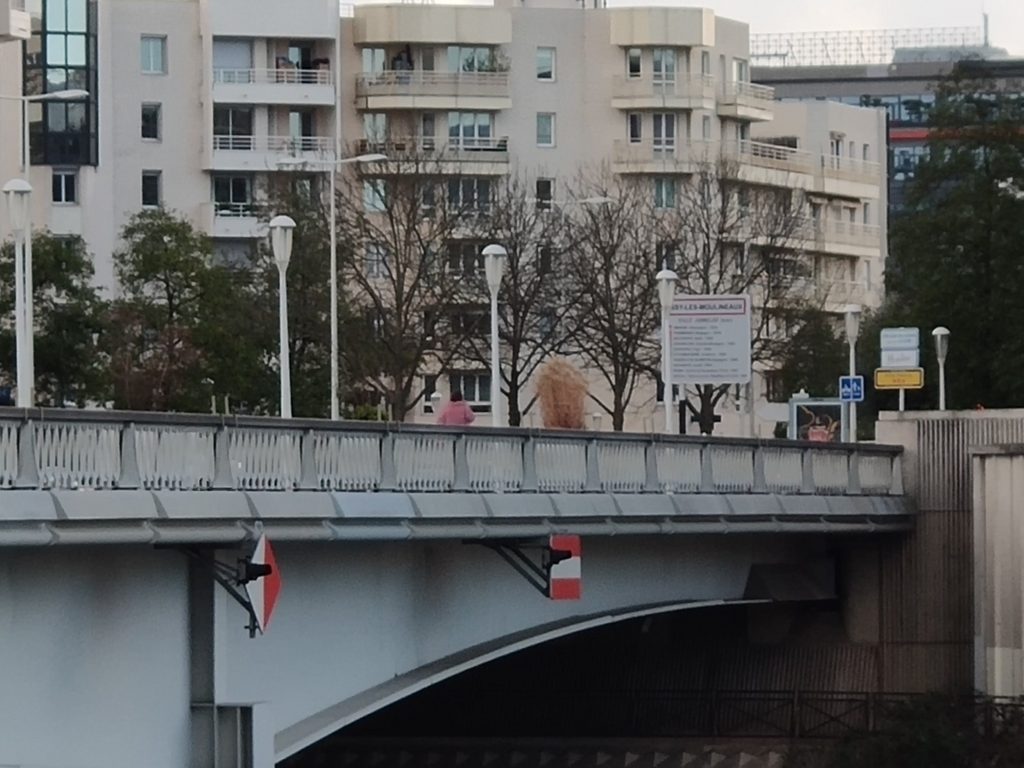
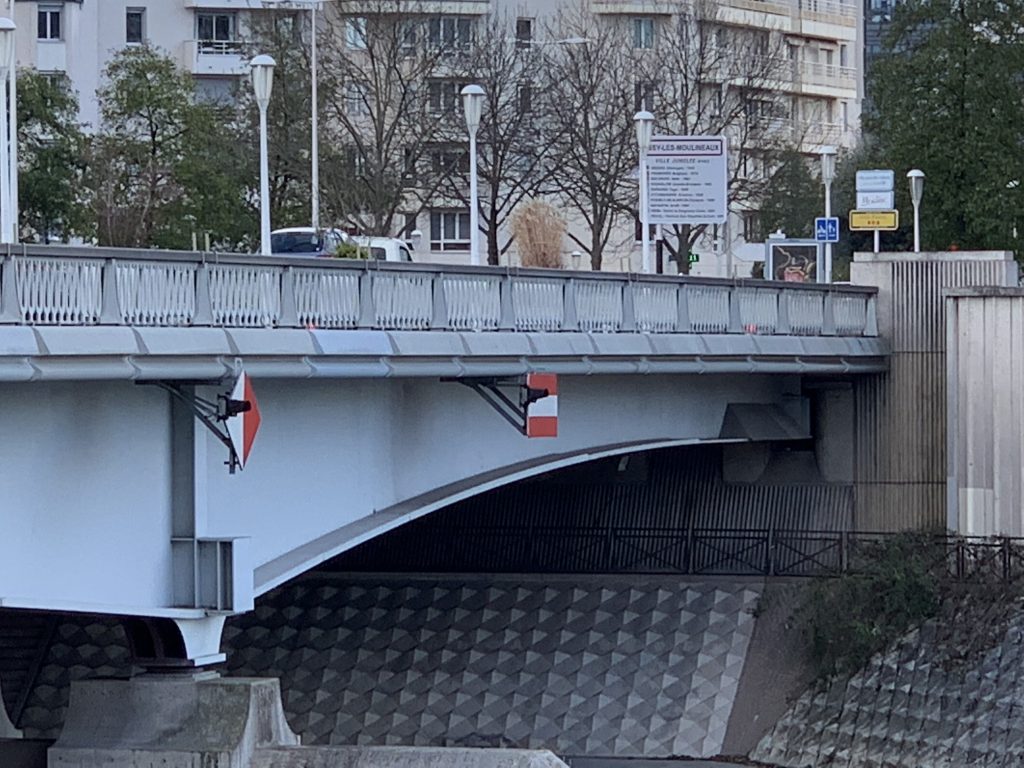

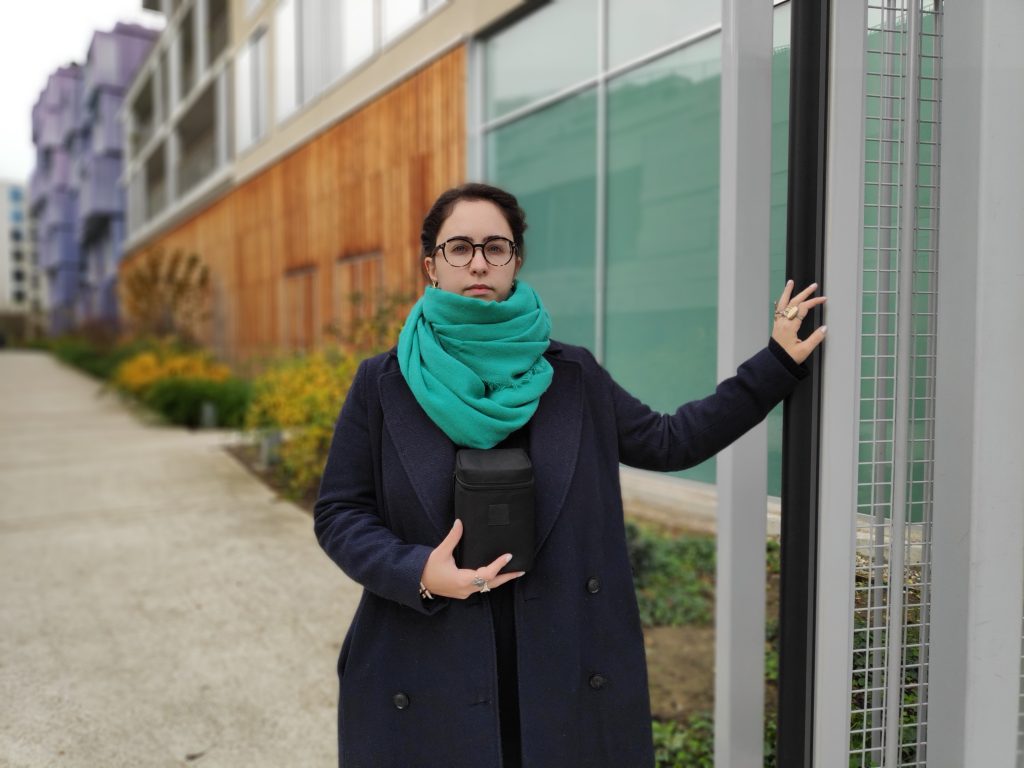

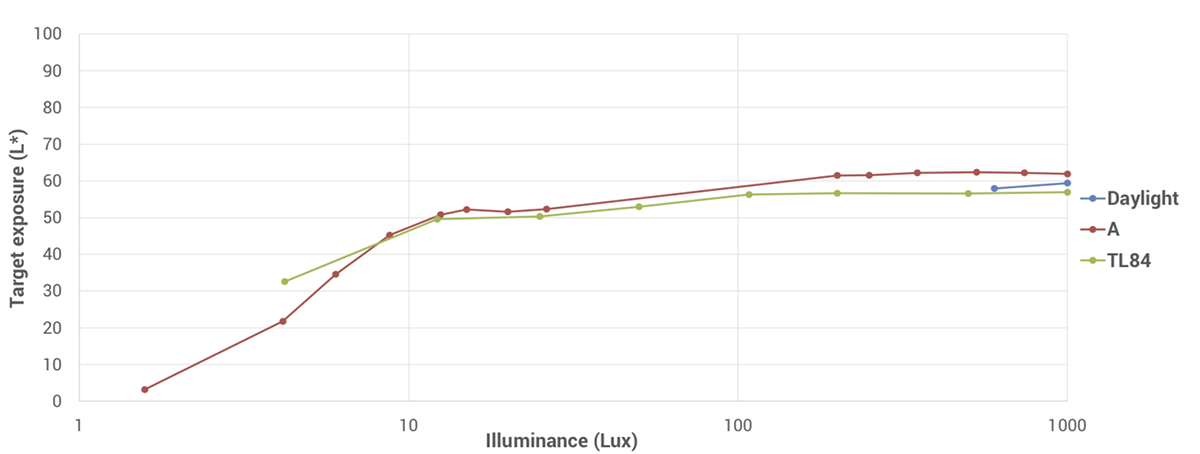
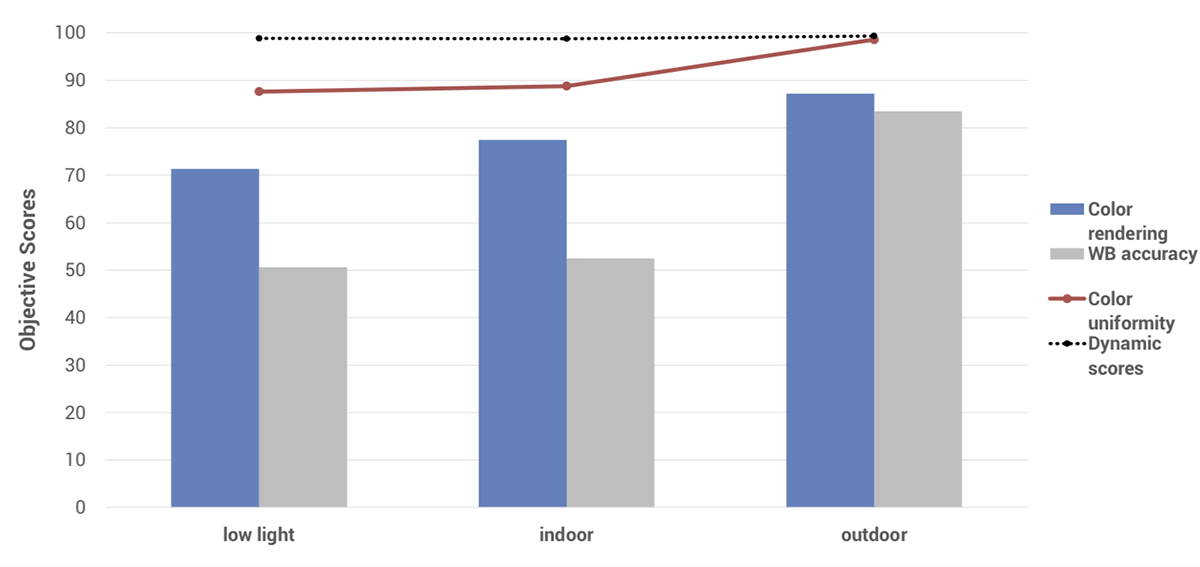

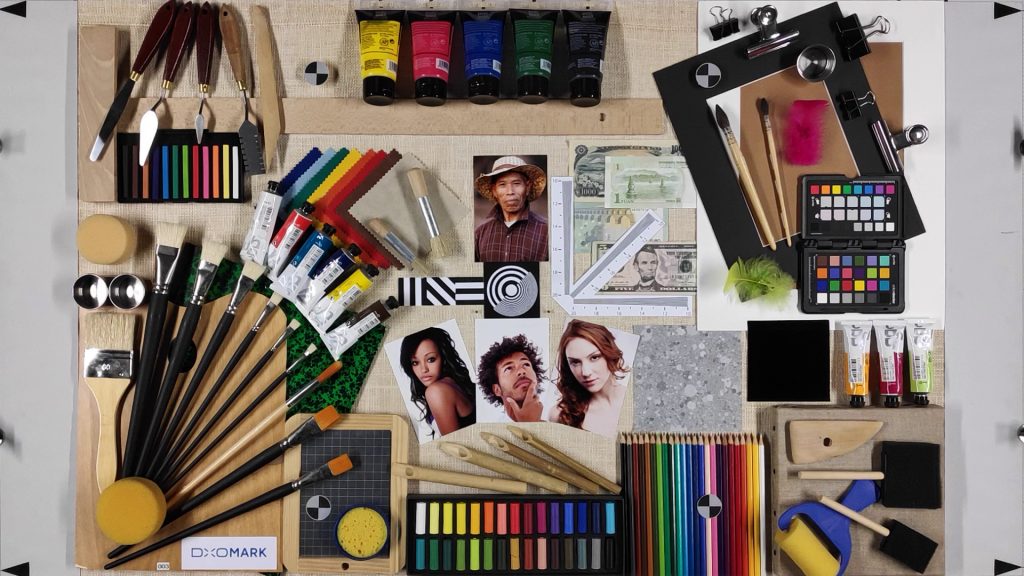
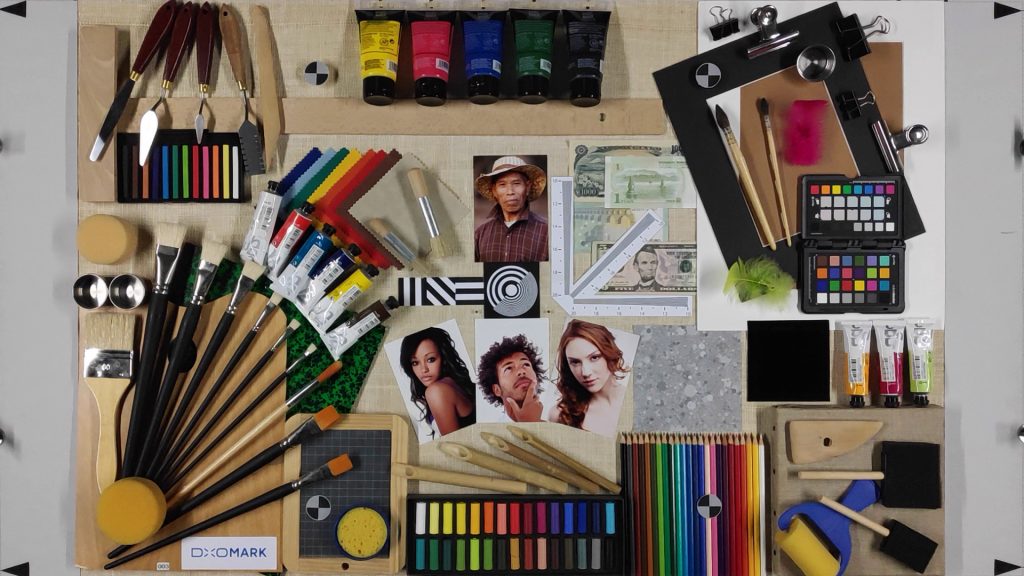
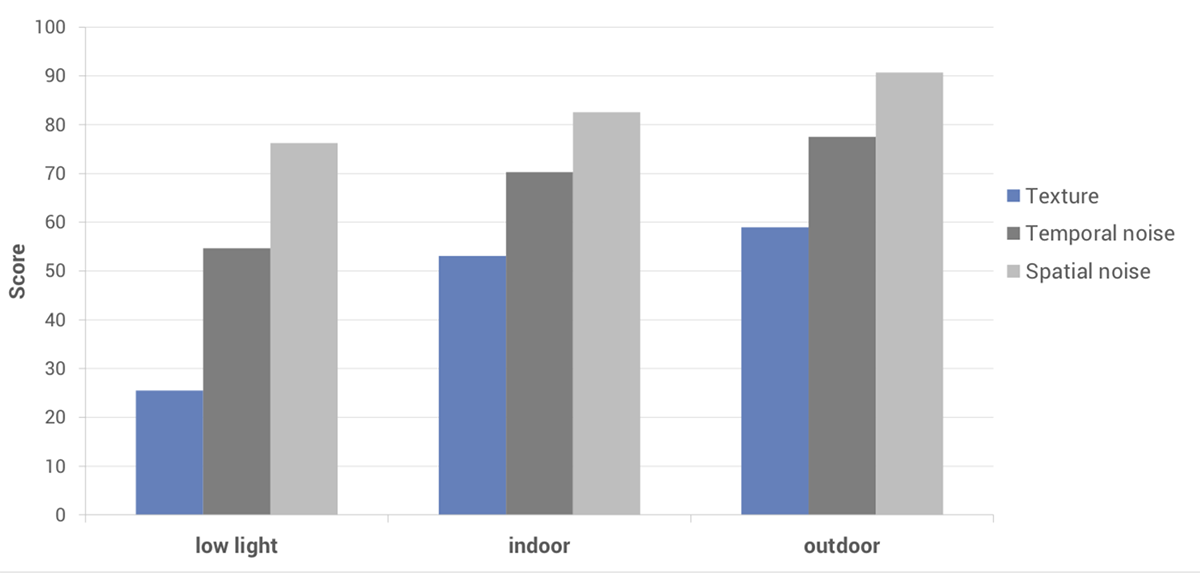




DXOMARK encourages its readers to share comments on the articles. To read or post comments, Disqus cookies are required. Change your Cookies Preferences and read more about our Comment Policy.